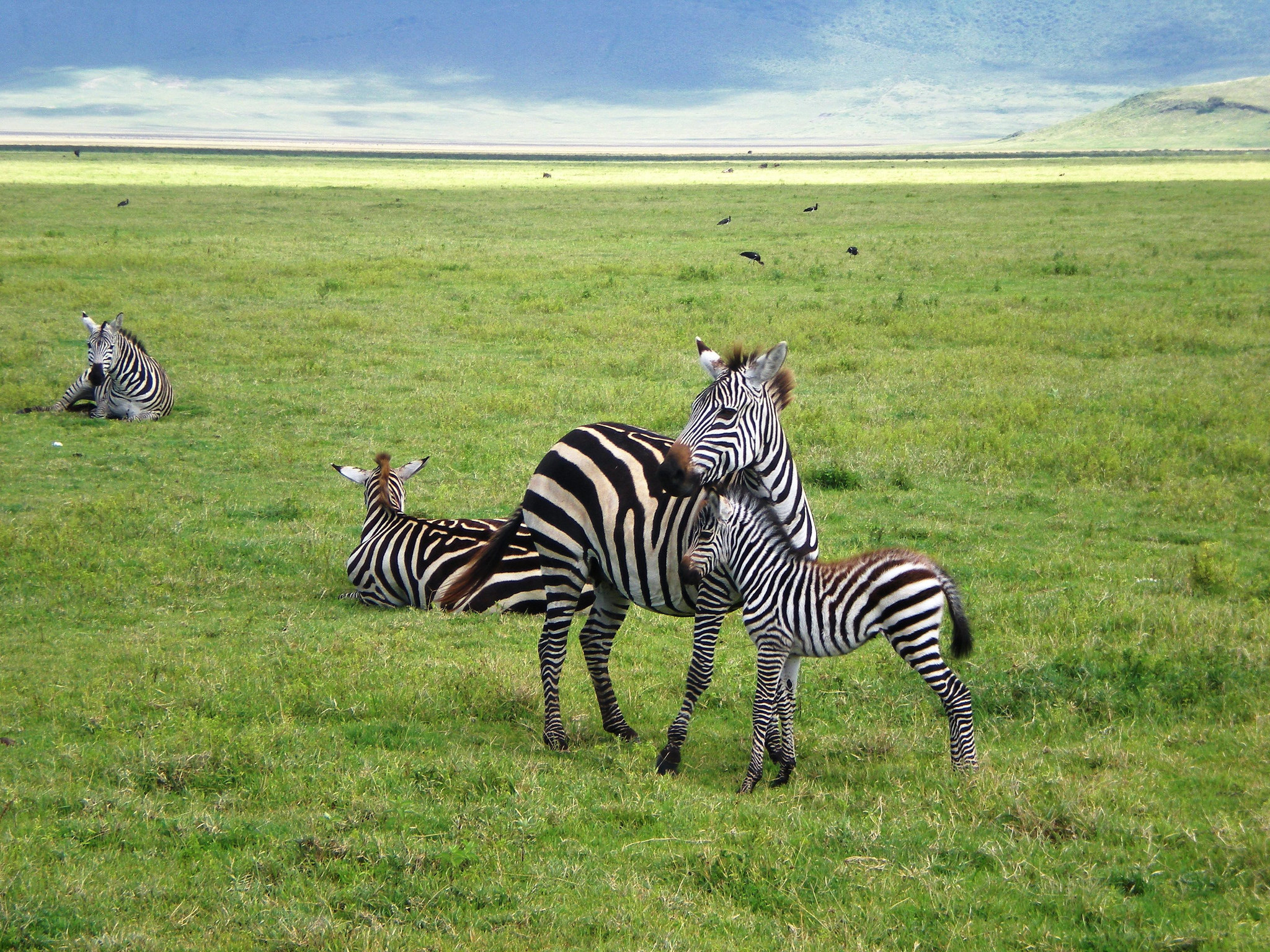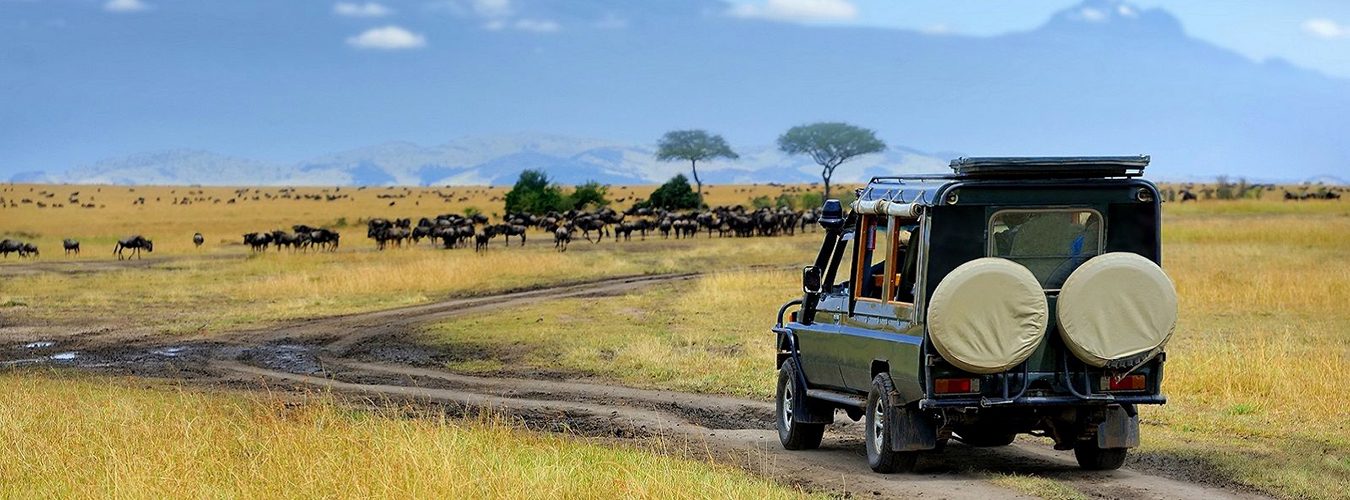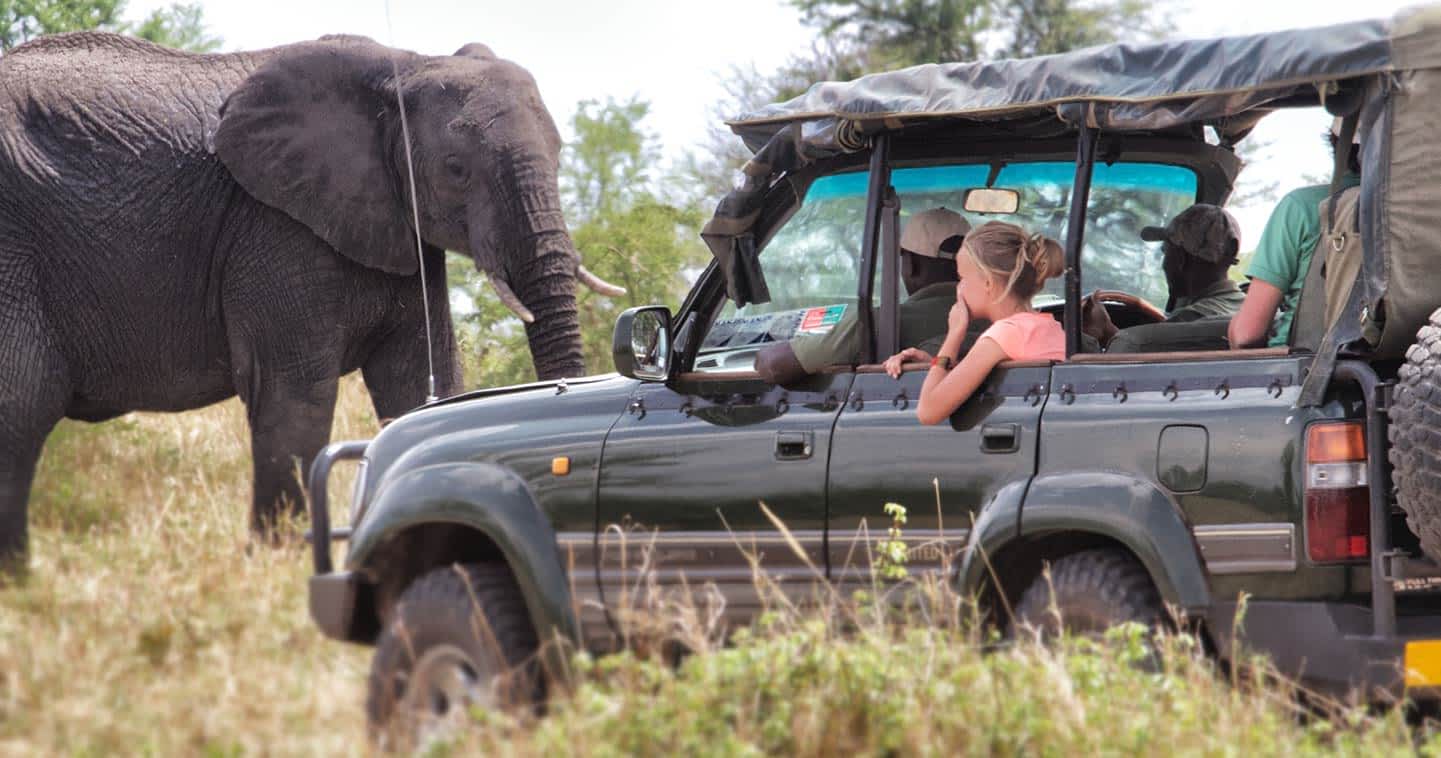The Reason why it is Good / Tanzania Safari During the Low Season : Tanzania’s low season is a seasonal safari that allows you to explore the country’s natural beauty. Tanzania safaris are divided into two seasons: high season (dry season) and low season (wet season). Most visitors are interested in exploring and visiting Tanzania during the dry season (wet season). However, whatever your safari plans in Tanzania are, keep in mind that Tanzania is a year-round safari destination. Each month or season has its own distinct characteristics and experiences.

Some people are unaware that Tanzania safaris can be taken during the low season (wet months), which might not sound appealing. In the thoughts of some individuals, going on safari during the rainy season does not sound especially appealing at first glance, does it?. However the low season can be referred to the “green” season as what tour companies, national parks, and lodges refer to as the low season. The truth is that Tanzania’s low season is rather unique. There are several significant advantages to traveling at low season that you may not be aware of. We’ll highlight reasons why vacationing in Tanzania during the low season which is also called green season is fantastic.

When is the low season? This is a question you may have after learning about the benefits of going on a Tanzania safari during the low season. I won’t wait for you to learn about the benefits of visiting Tanzania during the low season; first learn when the low season is. Mid-March to May (long rains) and November to mid-December are the low seasons (short rains). Keep in mind that, like everywhere else on the globe, the climate is changing, and the rains are getting more and more unpredictable at this time. April and May are the best months to save money and take advantage of amazing deals for the Tanzania safaris low season.
- Attractions are not congested.
Tanzania is a stunning, authentic, and unrivaled safari destination, with natural treasures like the Ngorongoro Crater, Mount Kilimanjaro and the Great Wildebeest Migration. It’s no surprise that millions of tourists visit these Tanzania fantastic attractions each year. One of the most significant advantages of traveling in the low season is that you will be able to avoid the crowds in some of the country’s most popular national parks, such as the Serengeti and the Ngorongoro Conservation Area. Imagine driving across the Serengeti’s endless grasslands without seeing another car, discovering and witnessing a predators such as lions, cheetah and leopards without having to share such experience with other tourists. Relaxing on the most beautiful beaches, which will be virtually entirely to yourself, you will have more time and space during the low tourism seasom to comfortably explore and completely immerse yourself in Tanzania’s distinctive attractions such as the wildness and the beaches, thus The Reason why it is Good / Tanzania Safari During the Low Season.
- Value for money/good time for saving money
To be truthful, a safari in Tanzania can be rather expensive, but it depends with your time of travelling, low season Tanzania safaris are cheaper. As the crowds decrease, many hotels and tour operators, as well as several national parks and attractions, lower their rates and offer attractive deals, making your planned safari suddenly much cheaper. Alternatively, you can finally treat yourself to the luxury of an all-inclusive five-star accommodation, which would otherwise be out of your reach. Even airline tickets are usually less expensive during the low season than during peak months such as July and August.
- The weather during the low season
Most visitors avoid visiting Tanzania attractions during the low seasons, which are the rainy months, since their main concern is that it will rain all day and ruin their vacation or that it will rain when they are on a game drive or nature walk in the heart of the Serengeti national park. This is hardly a cause for concern since it is well known that it does not rain continually in most cases. It is common to have a severe downpour late at night or early in the morning, followed by a clear sky and the sun. However, even if it rains when you’re on a game drive in the heart of the Tanzanian wilderness, isn’t it an attraction or experience to see how the wild animals protect themselves from rain? Isn’t it an experience to recall how the Ngorongoro conservation area appears when it rains? Remember that when it rains, the roads become of a different planet with no dust, and you don’t need air conditioning because of heat; instead, you just need a few jackets to protect yourself from the clod.

- It’s a great time for photography.
Simply put, a safari in the off-season provides some of the best photographic chances, allowing you to take photos that appear like they were taken by a professional, with no need for a filter. For the photographers out there knows what I’m talking about, the scenery is at its most beautiful just before, during, and after the rainy season. The vegetation in the parks is more evergreen and healthy, the skies are dramatic with rain clouds in the background, and the light becomes intense and deep. The rains turn the dusty plains into lush pastures, bringing freshness and crispness to the air. The floor of the Ngorongoro Crater or Empakai crater in the Ngorongoro conservational region may blossom luxuriantly after some decent rains, with pink, yellow, blue, and white flowers all throughout. Zanzibar, too, transforms into a lush green landscape, a stunning contrast to the white sand beaches. And while days in Tanzania tend to end with dazzling sunsets, how do you feel about missing out on that experience during the low season? Arrange your vacation to Tanzania during the rainy season, and you’ll understand what we mean.
- It’s a great time to watch baby animals and birds.
Tanzania’s national parks provide superb game viewing throughout the year, although the famous Serengeti migrations and some other wild species give birth during the wet season, which is also the low season months of January to February or March. A safari in the Ndutu area between Serengeti and Ngorongoro conservation area in the wet season is a fantastic opportunity to witness the still awkward wildebeest calves after emerging from their mother’s womb or placenta. Alternatively, there are curious zebra foals and adorable lion cubs running around. Not to mention keeping an eye on the predators who take advantage of the quantity of prey.
March and April are also the months when migrating birds from all over the world, including Asia and Europe, arrive for the wet summer season. Thousands of storks, pelicans, and spoonbills flock to Lake Manyara and Tarangire national parks around this time, covering up to 50% of the park’s entire area. As they flock together in the shallow waters, the gently speaking flamingos give the lake Manyara a gorgeous pink ribbon, and thus it becomes a perfect period for birdwatchers.


